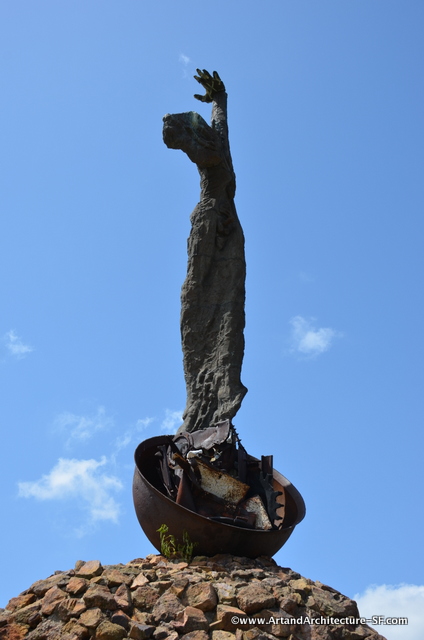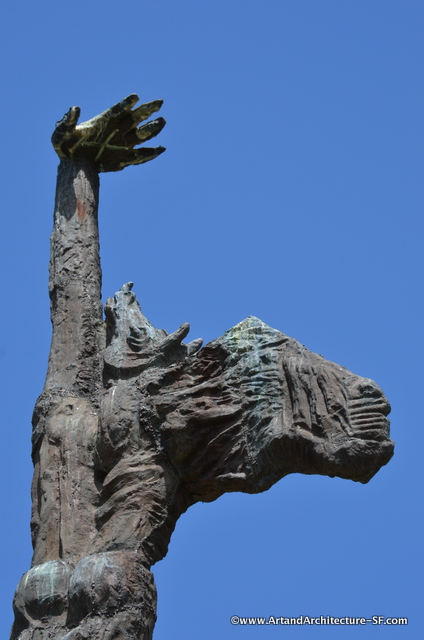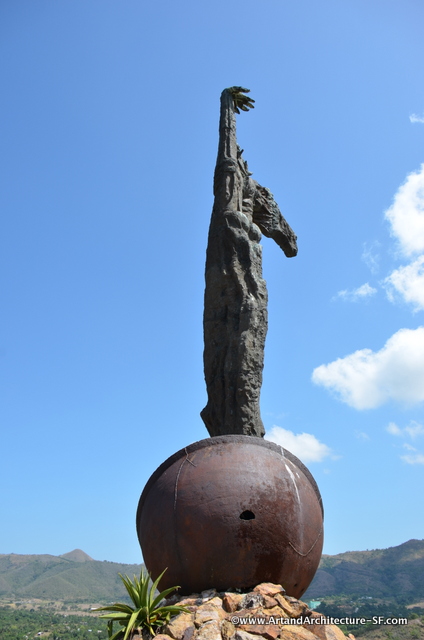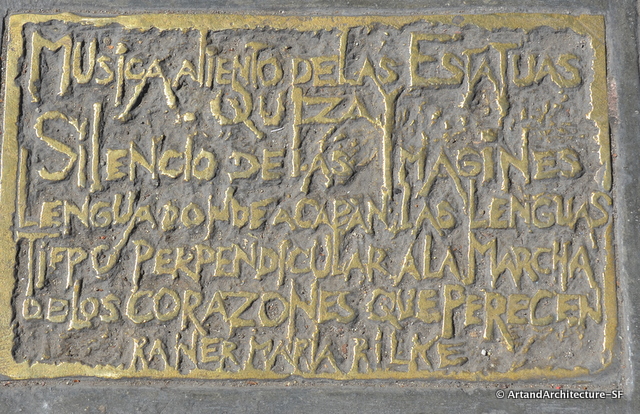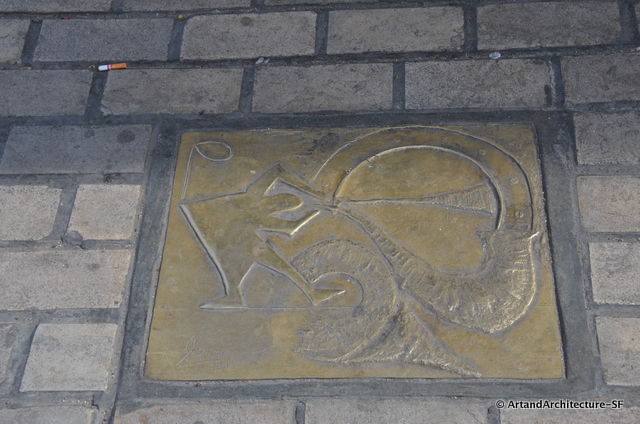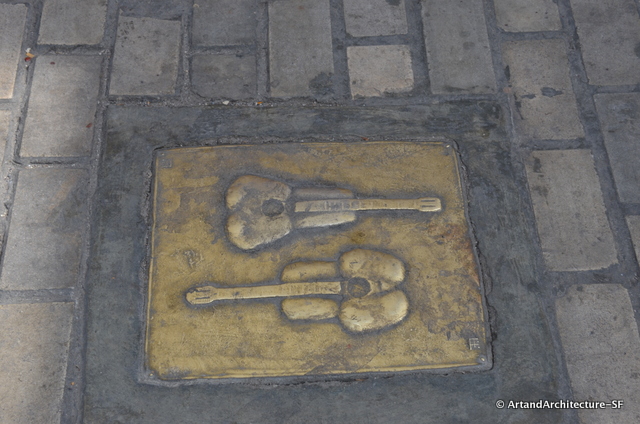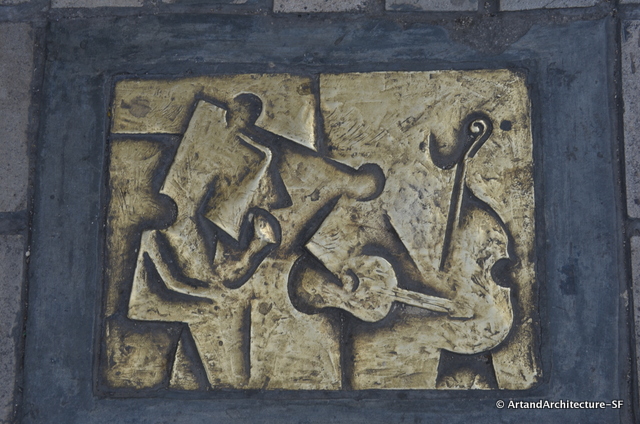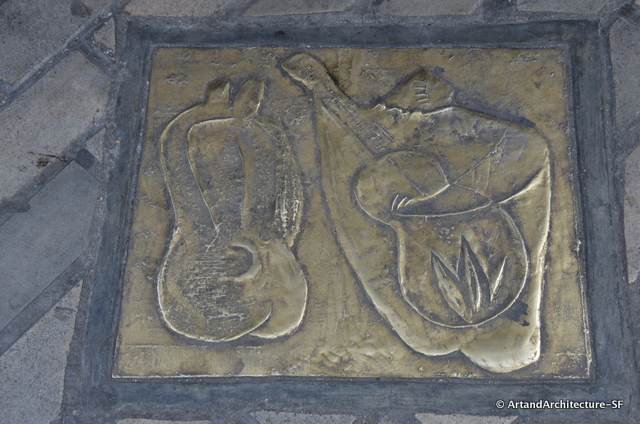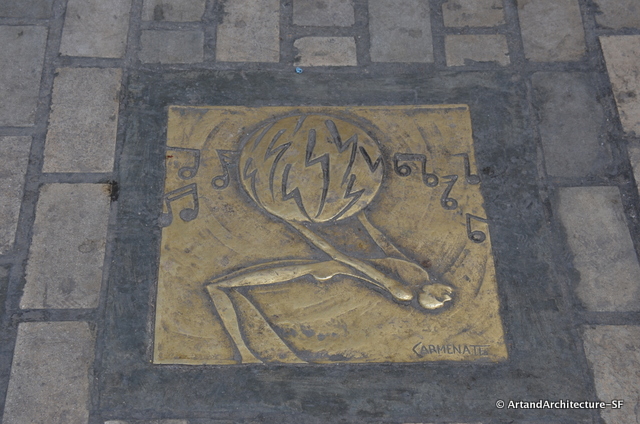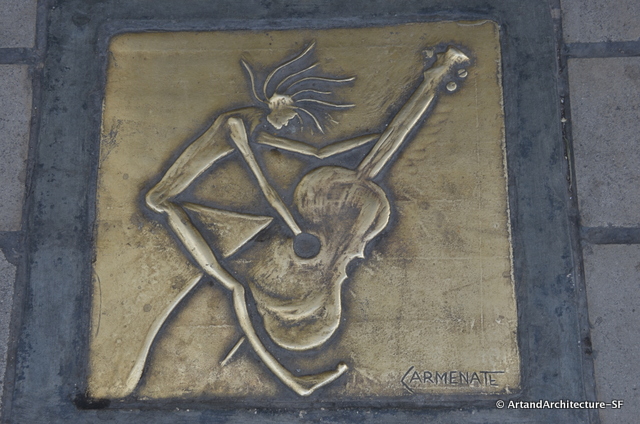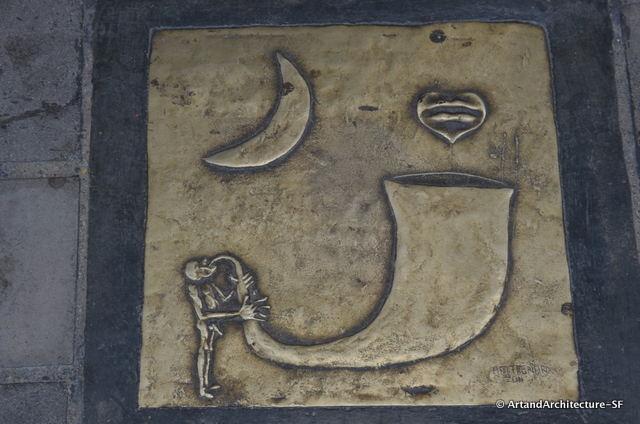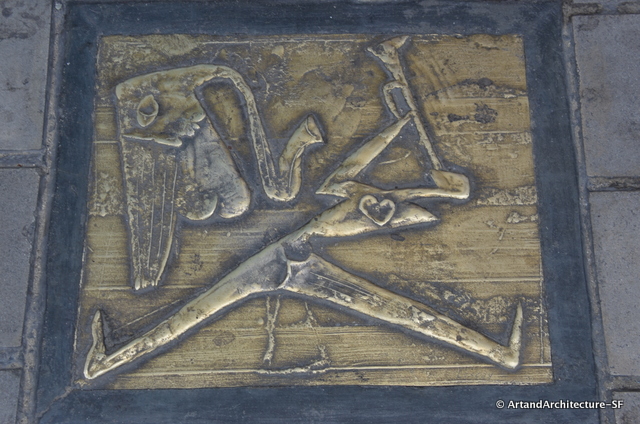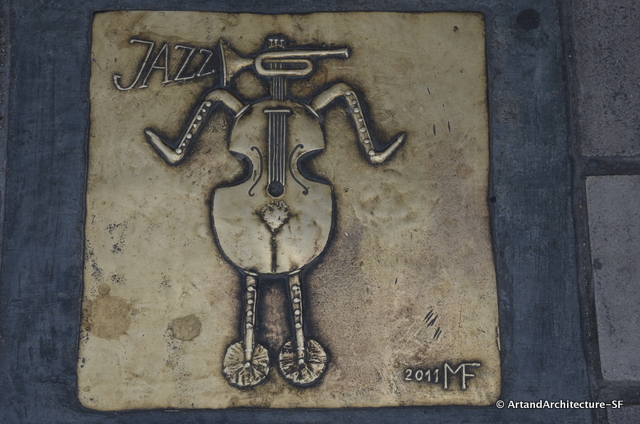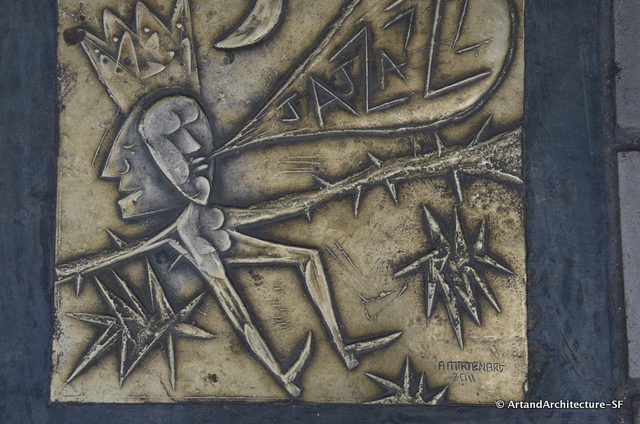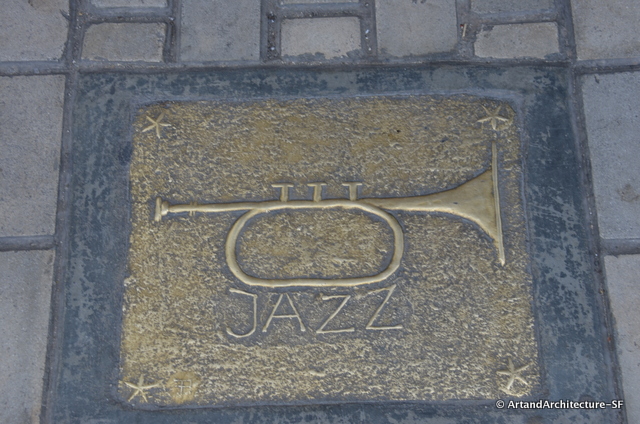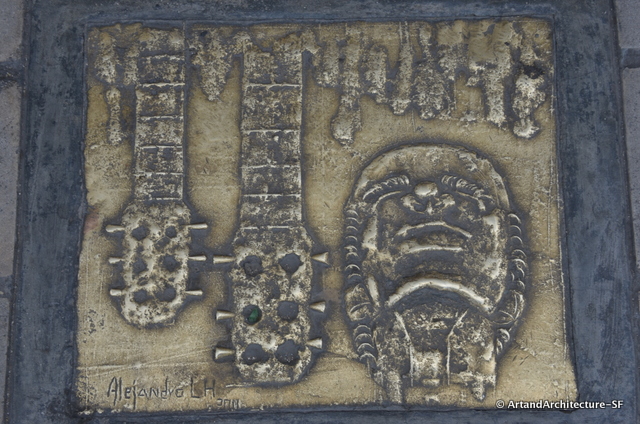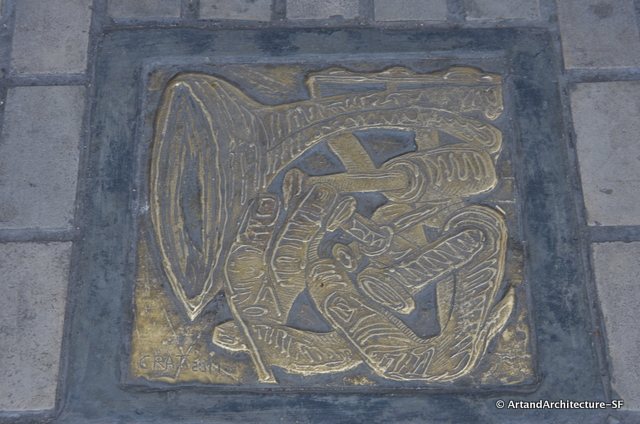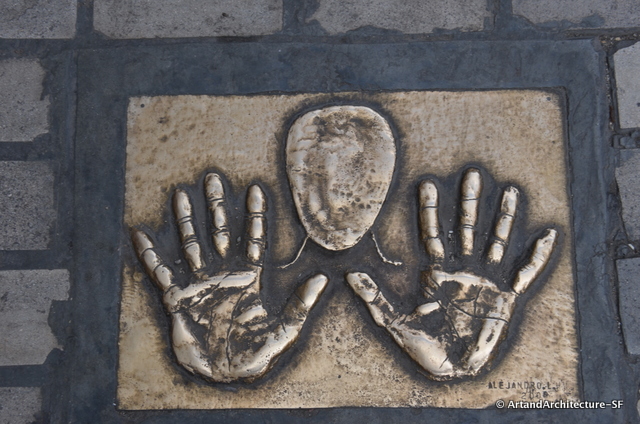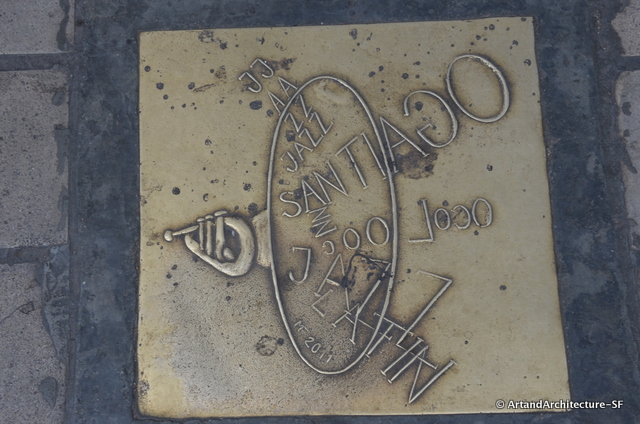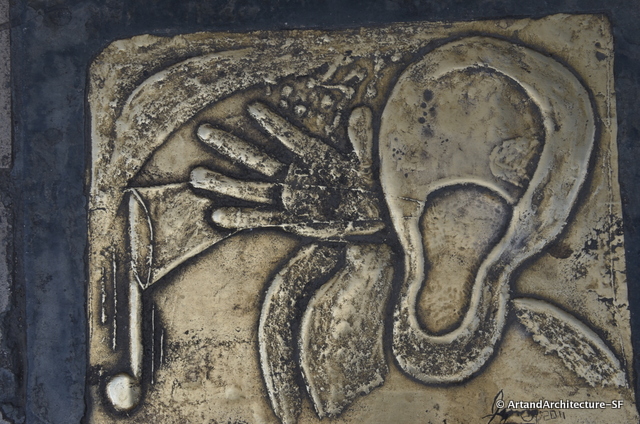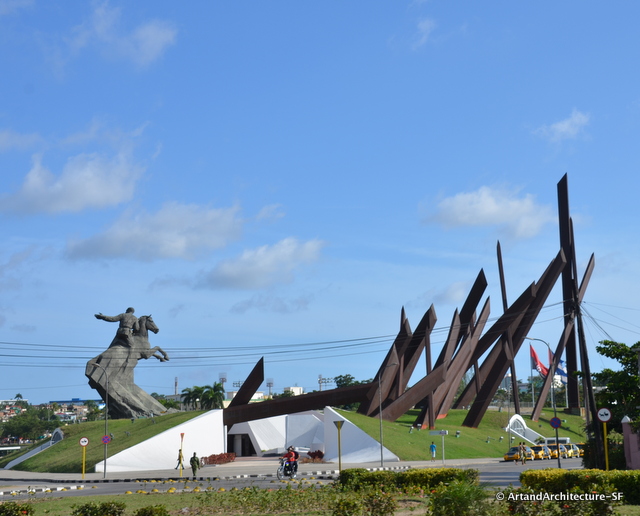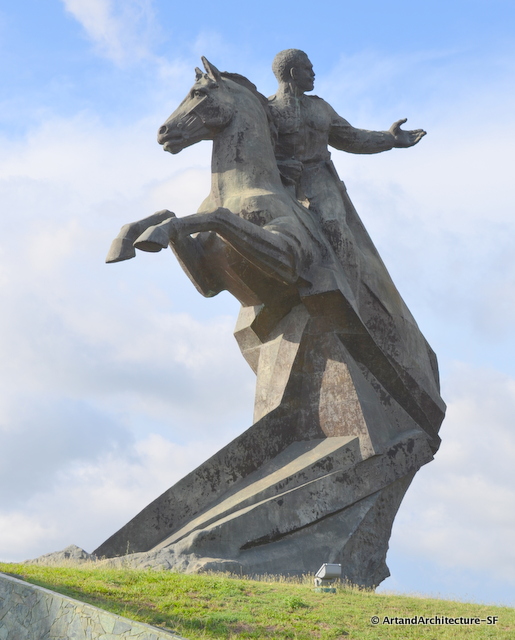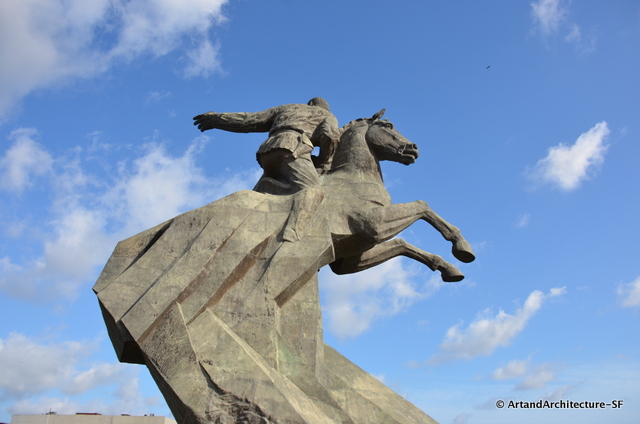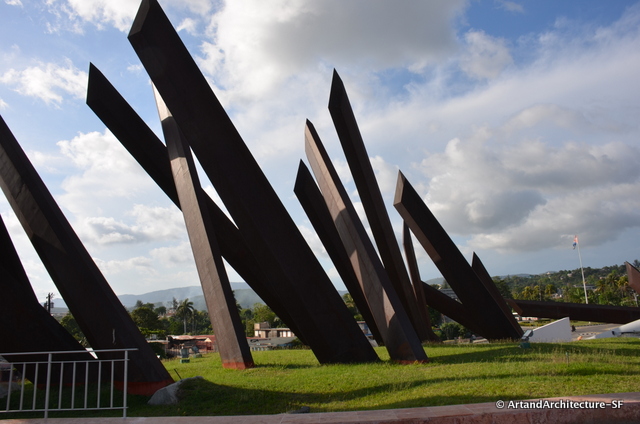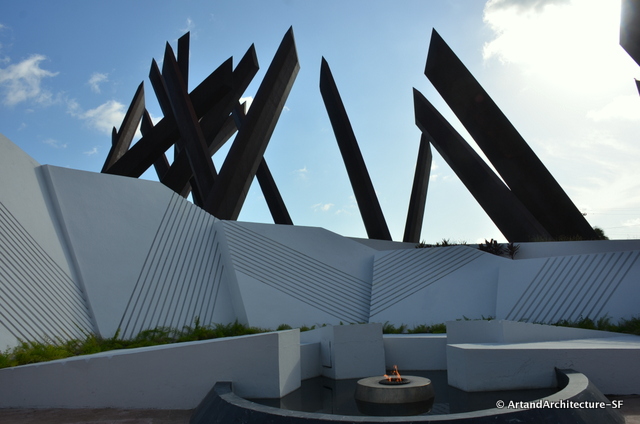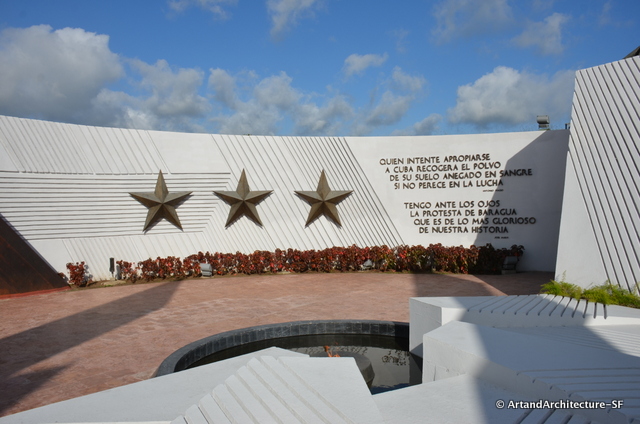Santiago de Cuba
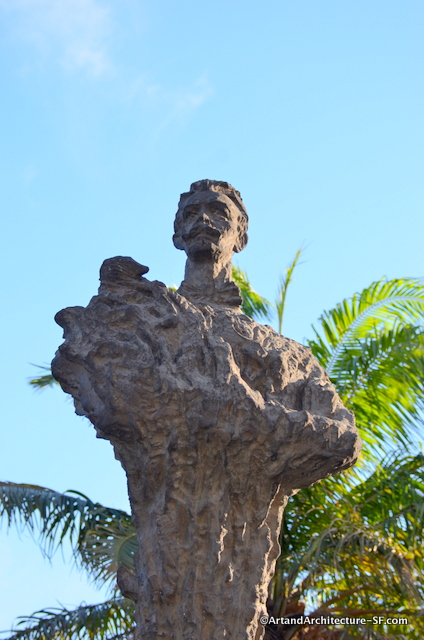
Jose Marti by Alberto Lescay
José Julián Martí Pérez (January 28, 1853 – May 19, 1895) is a Cuban national hero. Martí is considered one of the great turn-of-the-century Latin American intellectuals. His written works consist of a series of poems, essays, letters, lectures, a novel, and even a children’s magazine. He wrote for numerous Latin American and American newspapers; he also founded a number of newspapers himself. His newspaper Patria was a key instrument in his campaign for Cuban independence. After his death, one of his poems from the book, “Versos Sencillos” (Simple Verses) was adapted to the song “Guantanamera”, which has become the definitive patriotic song of Cuba.
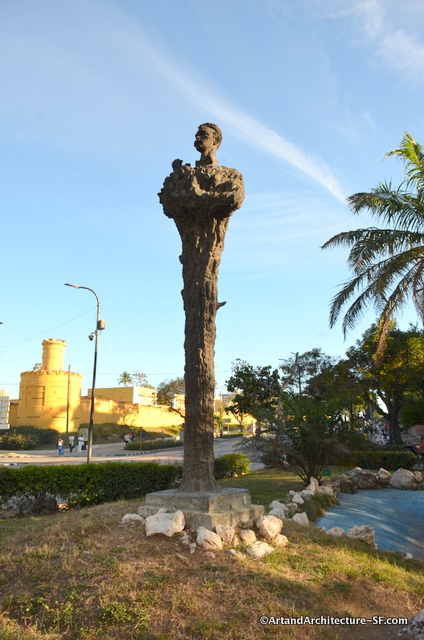
Alberto Lescay is one of Cuba’s most prolific and well known sculptors. He has been on this site many time before.
Alberto Lescay Merencio graduated with a degree in Painting in 1968 from the “José Joaquín Tejada” Fine Arts Workshop; In 1973 he added a degree in Sculpture from the “Cubanacán” National Art School. He became an Art Professor in 1979 at “Repin” Academy of Sculpture, Architecture, Painting and Graphic, in San Petersburg, Russia. Lescay now keeps a studio and his foundation, Caguayo Foundation for Monumental and Applied Arts, in Santiago de Cuba.




